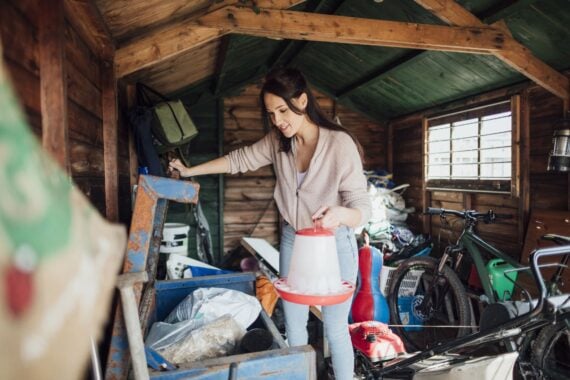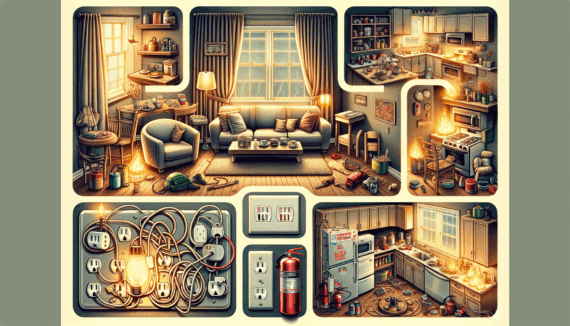Decluttering can feel great — but tossing the wrong thing can lead to regret. According to professional home organizers, some items deserve a second chance before hitting the trash. Whether it’s vintage furniture, leftover paint, or sentimental keepsakes, this list outlines the things you shouldn’t be so quick to part with — and why.
1. Old Things Just Because They’re Old
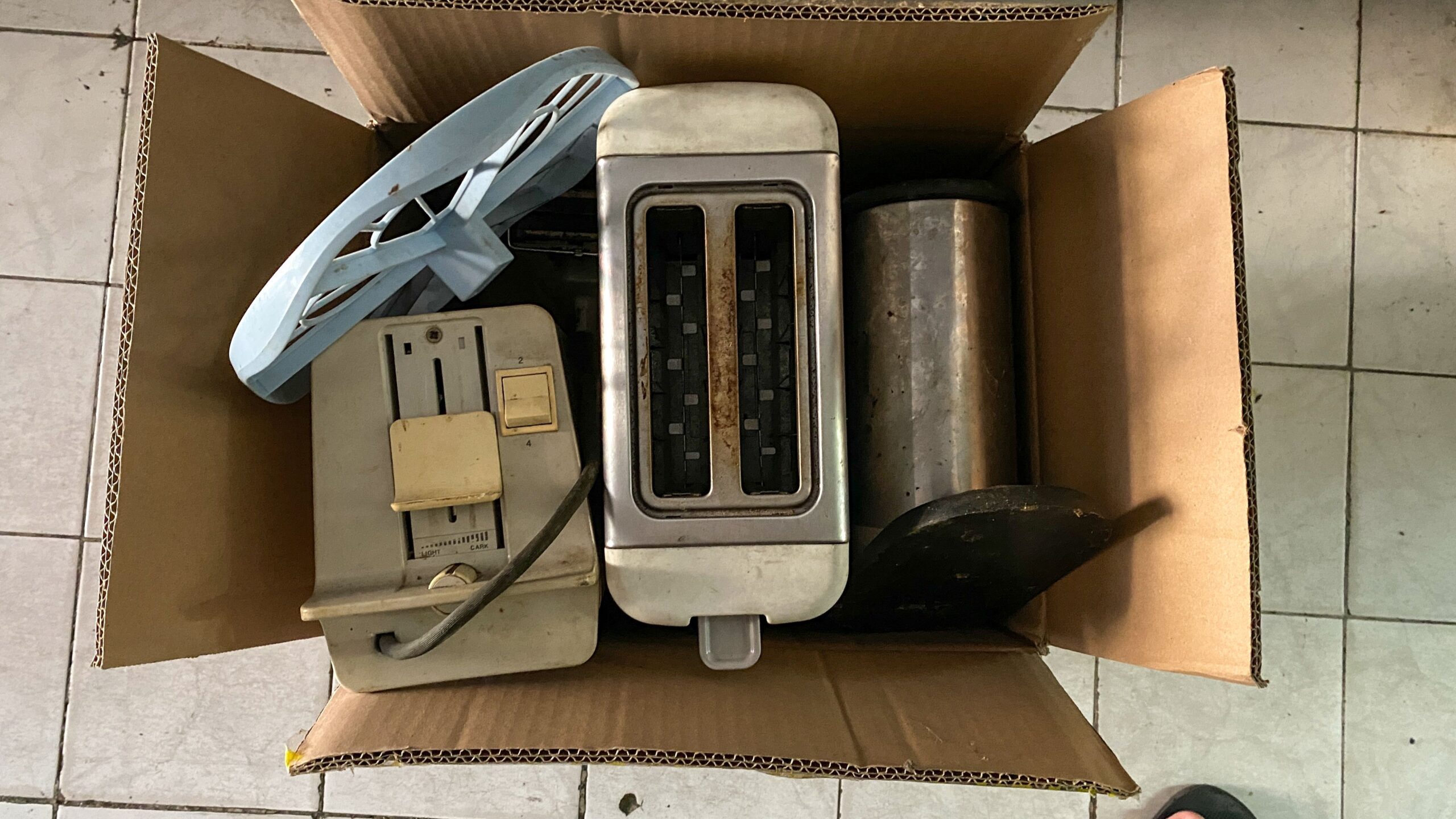
There is no reason to remove something from your home if it works for you just because it’s old, says Diane Quintana, an Atlanta-based certified professional organizer specializing in chronic disorganization. “I tell my clients to keep the things they use. It doesn’t matter how old something is, if you use it, and it fills a need you have, then keep it,” Quintana says.
Not to mention sometimes older things are better made. For example, even if there’s something that may work a bit slower, such as a dated kitchen appliance, if you’re fine with it, you don’t have to get rid of it just because it’s old.
2. Old Furniture
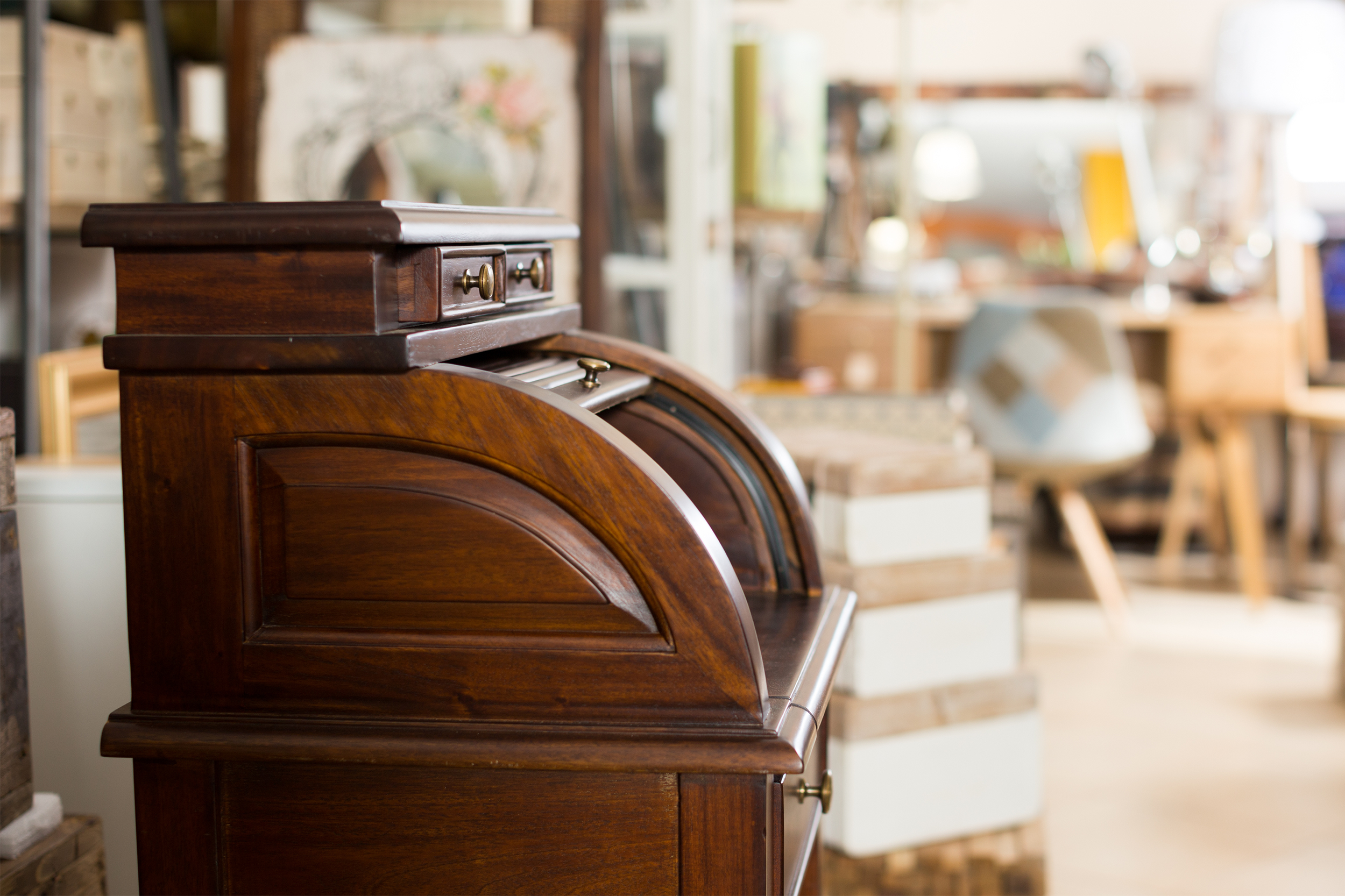
Quintana is also in favor of keeping older furniture if you still like it. “Old furniture may not be trendy but if it is comfortable and not falling apart, then why get rid of it?” Quintana says.
Again, the quality may be much better than today’s stuff, so sometimes it’s worth figuring out a way to make it work.
3. Personal and Sentimental Items
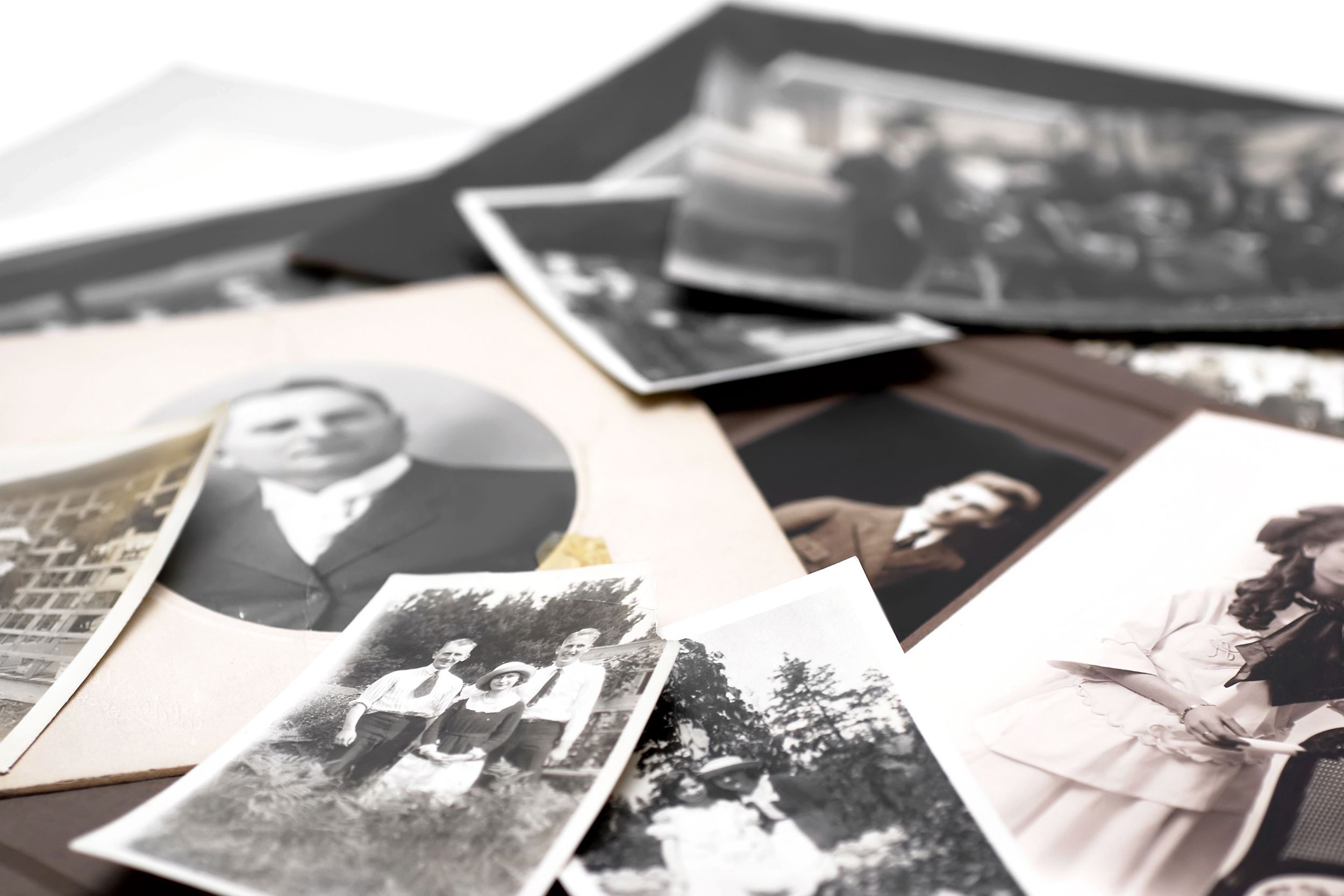
Meaghan Kessman, a professional home organizer in Los Angeles, recommends holding onto sentimental items like cards, photographs, and old journals. The key is to keep these items organized so they are keepsakes, not clutter. For example, photos and cards can be kept in boxes and binders. “When you’re having a tough day, reading a heartfelt note can be the boost you didn’t know you needed,” says Kessman.
4. Glass Jars and Containers
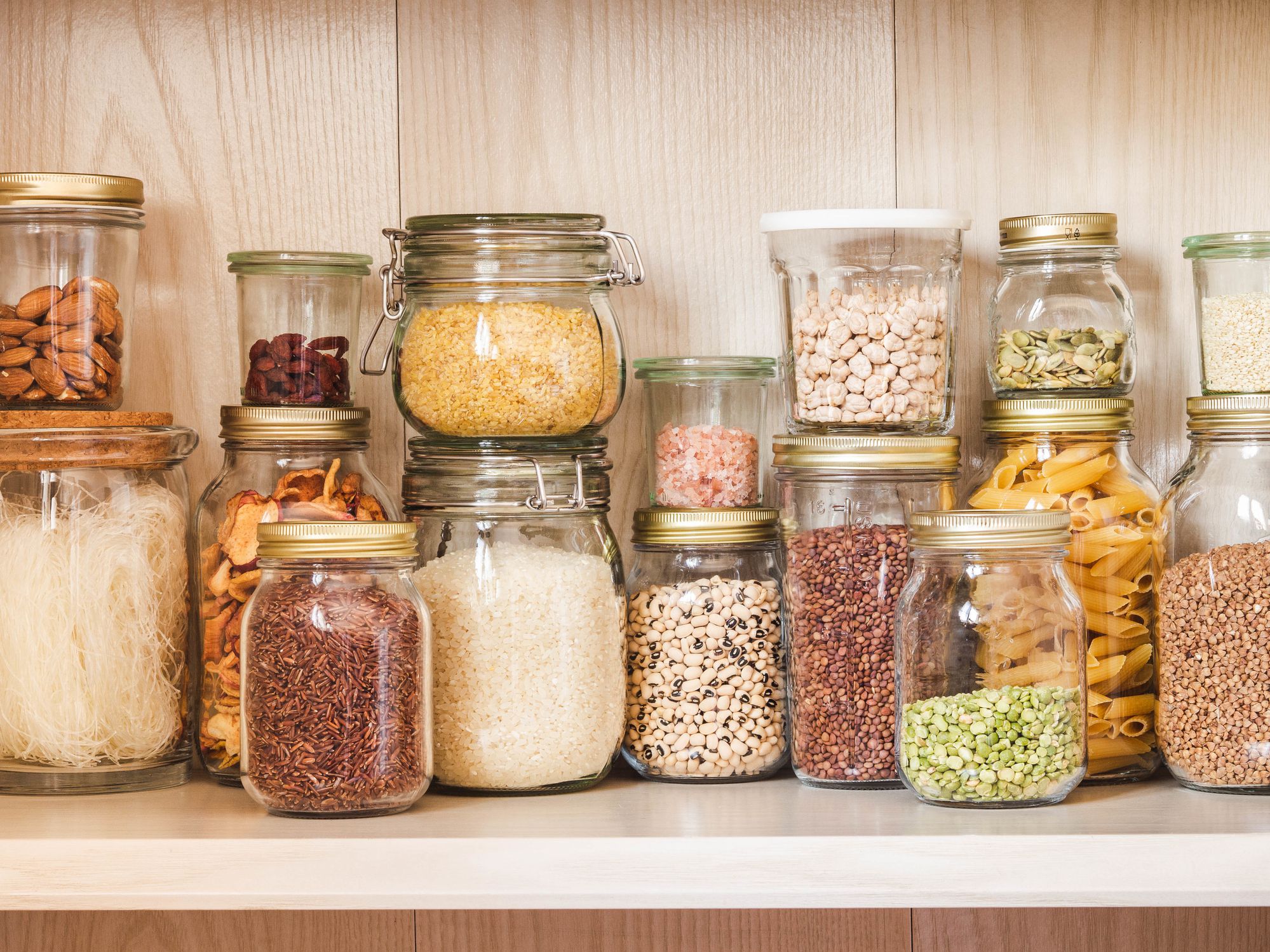
These types of items can easily be repurposed. These are perfect for organizing small items, pantry staples, leftovers or even DIY projects. Also, “they’re an easy way to be a little more eco-friendly,” says Kessman.
5. Leftover Paint
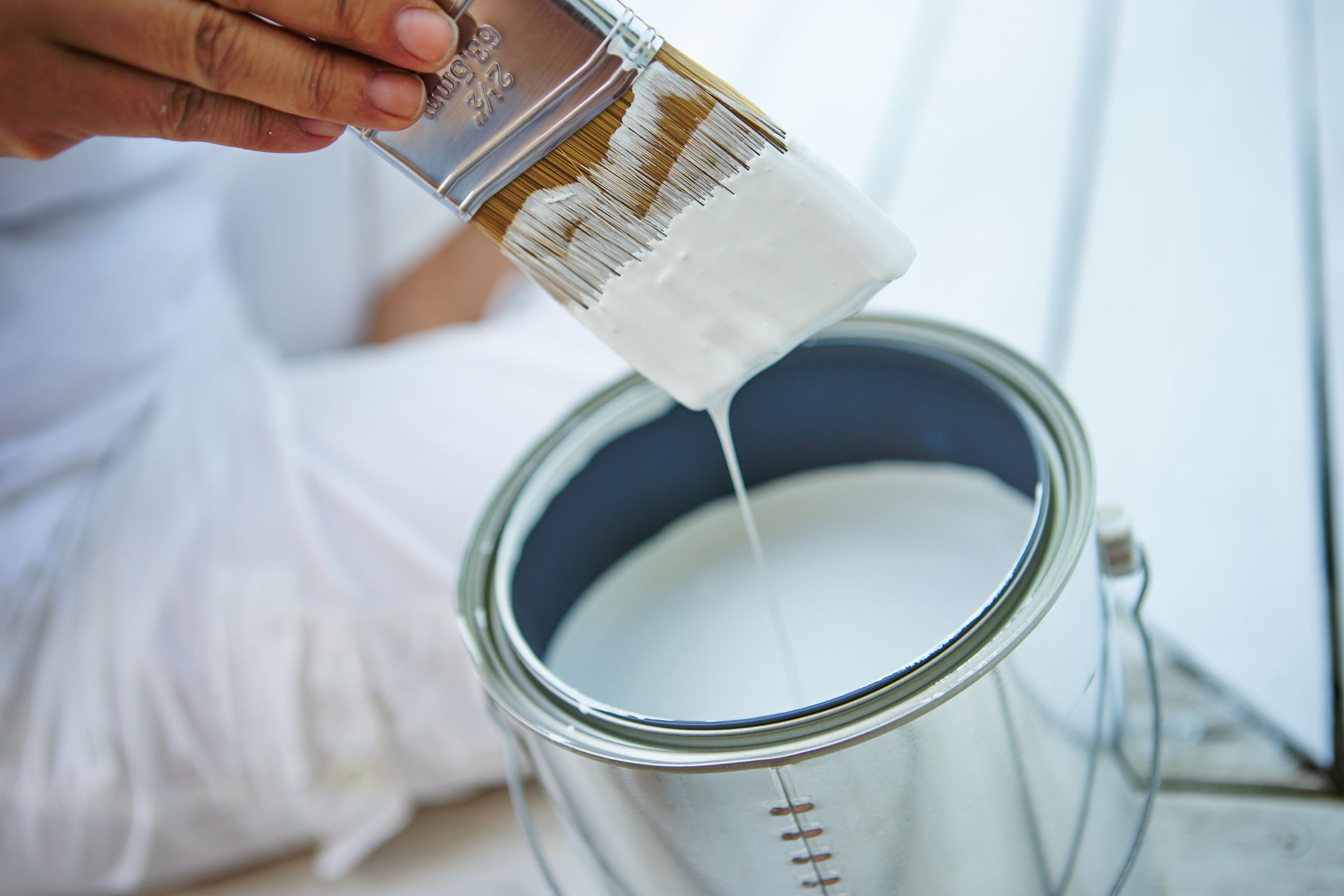
Saving old paint may go against logic for getting rid of clutter, but Kessman favors keeping it, saying it’s great for quick touch-ups to keep your space looking fresh. “Just be sure to label each can with the room and date so you know what’s what … you’ll thank yourself later,” Kessman adds.
Trending on Cheapism
6. Spare Buttons and Tiny Fix-It Items That Save You Money
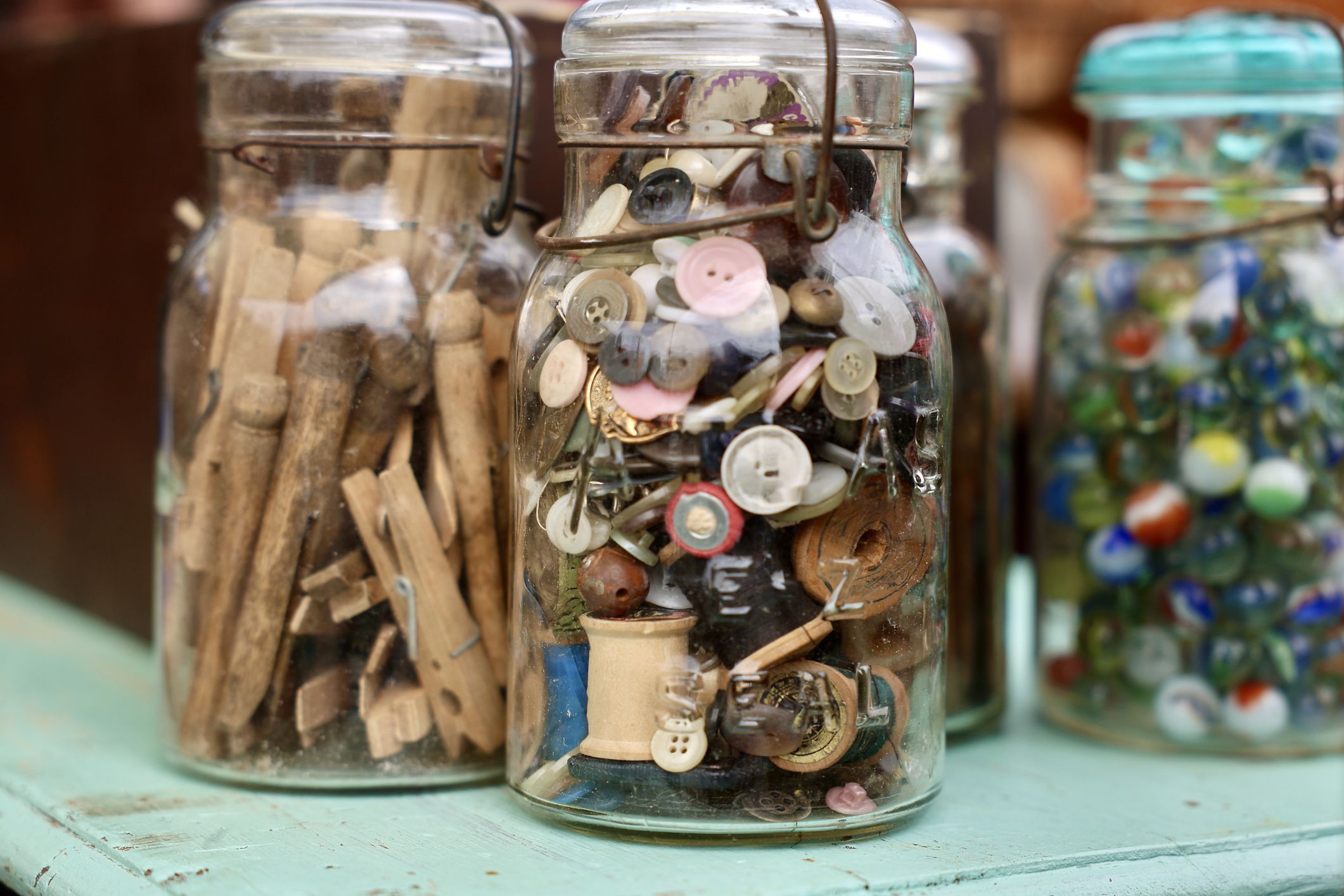
“They might seem small, but they can save a favorite shirt or jacket,” says Kessman. The organizer suggests keeping them in a labeled jar or pouch so they’re easy to find when you need them.
This can also include things like extra screws from furniture kits, watch batteries, leftover picture hooks, etc. While getting rid of them can get great for decluttering, they’re things that might be a pain to replace when you need them.
7. Packaging
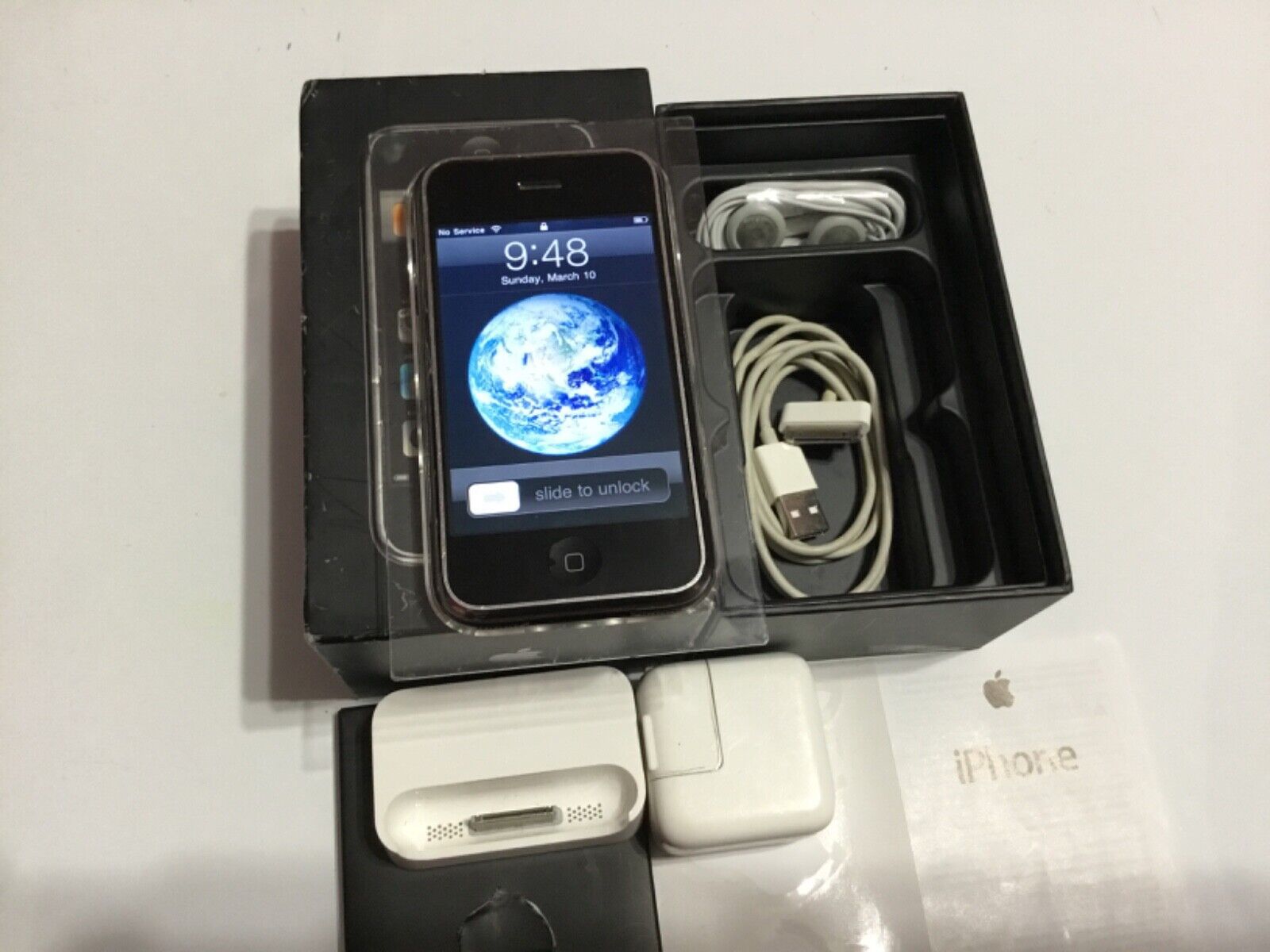
Is the packaging of your electronics treasure or trash? According to Evie Graham of Waste Direct, saving original packaging and documents of some items may increase the resale value. “I’ve seen vintage Apple packaging sell for amounts that would shock most minimalist organizers,” says Graham. That doesn’t mean saving the box for everything, but it’s possibly worth researching what items are worth keeping.
In general collectibles will almost always fetch higher prices with the original packaging, but this is also often true for the resale of everything from LEGO sets to Dyson vacuums.
8. Something That Belongs to Someone Else

What looks like something useless and pointless to you may be very important to someone else in your home. Save yourself a huge issue later and ask before tossing. Inherited items, childhood souvenirs, or special mementos cannot be replaced once you toss them.
Sign up for our newsletter
9. Family Relics
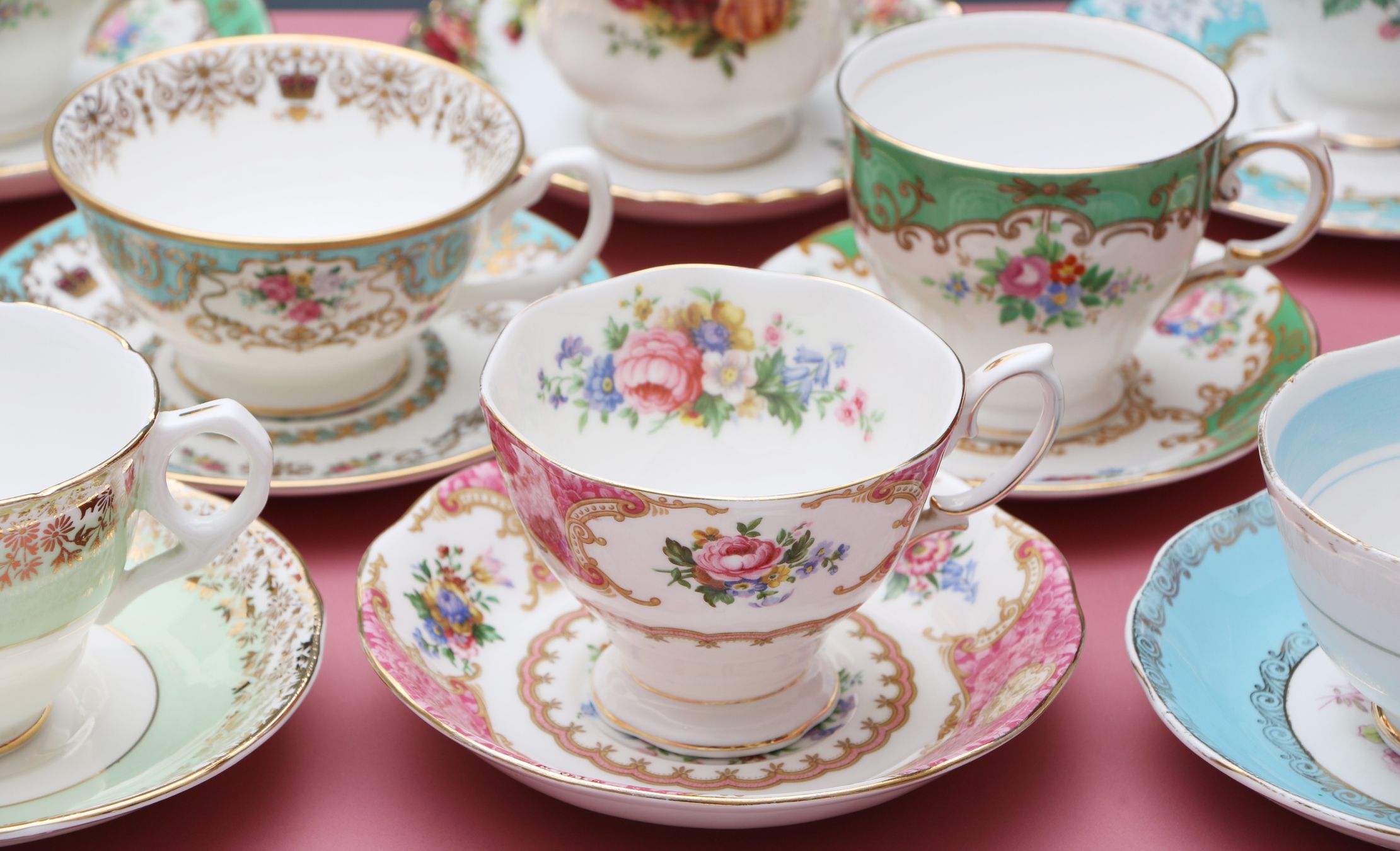
If the thought of holding onto old dishes, figurines, and the like seems like a waste of space, think twice before saying goodbye. Even if they don’t hold any direct sentimental value to you personally and don’t work with your decor, someone else in your extended family may appreciate them, or you may want to hold onto the items to hand them down to another generation who will enjoy the meaningful back story.
Of course, everything is within reason, so consider picking only a few meaningful items to hang onto.
10. Organizational Furniture
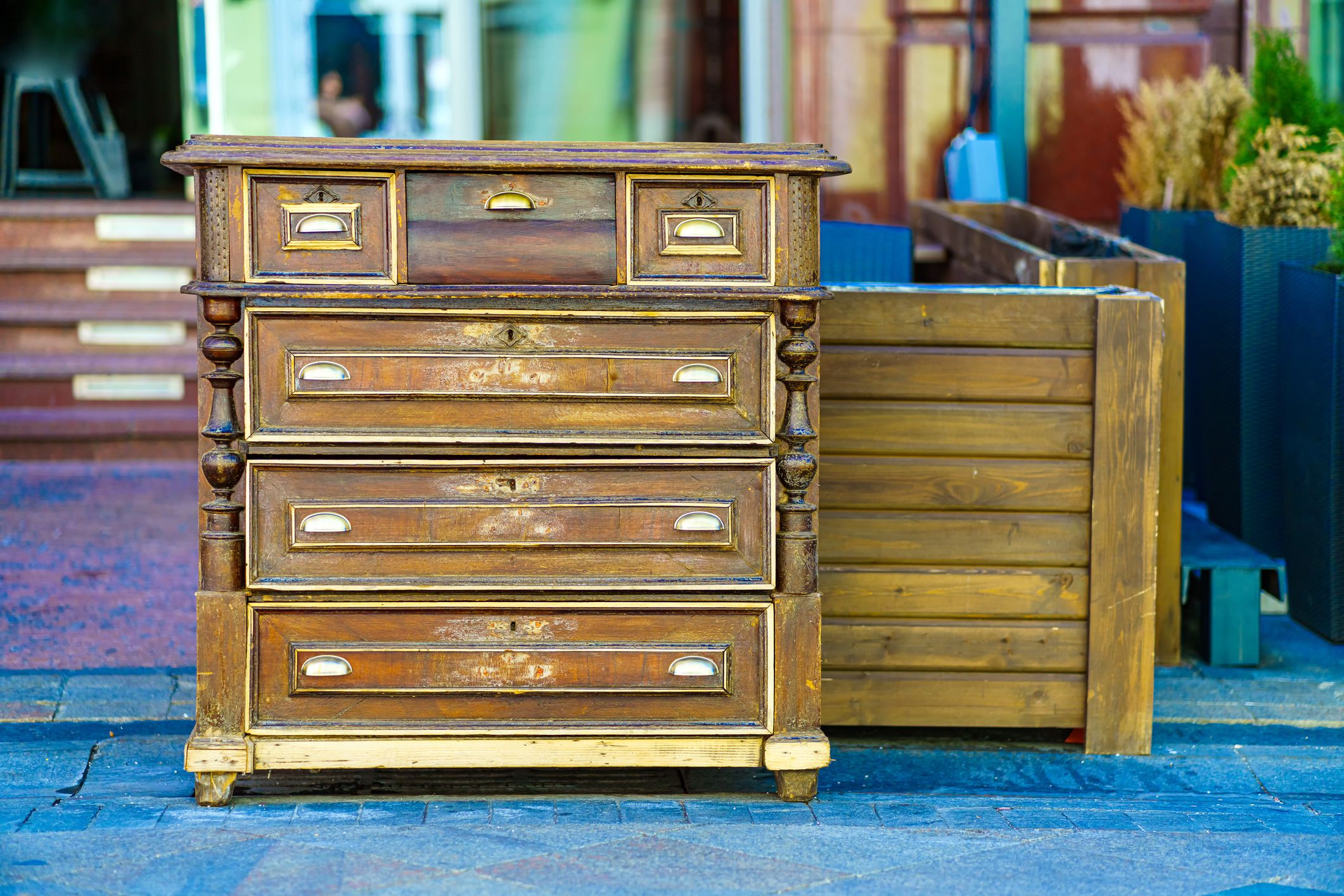
If you have pieces that no longer have the style you want, they might be usable for other purposes. For example, that old dresser could make great storage in your closet, and an old bookshelf can be useful in a garage.
For more smart household tips, please sign up for our free newsletters.
11. Designer Items
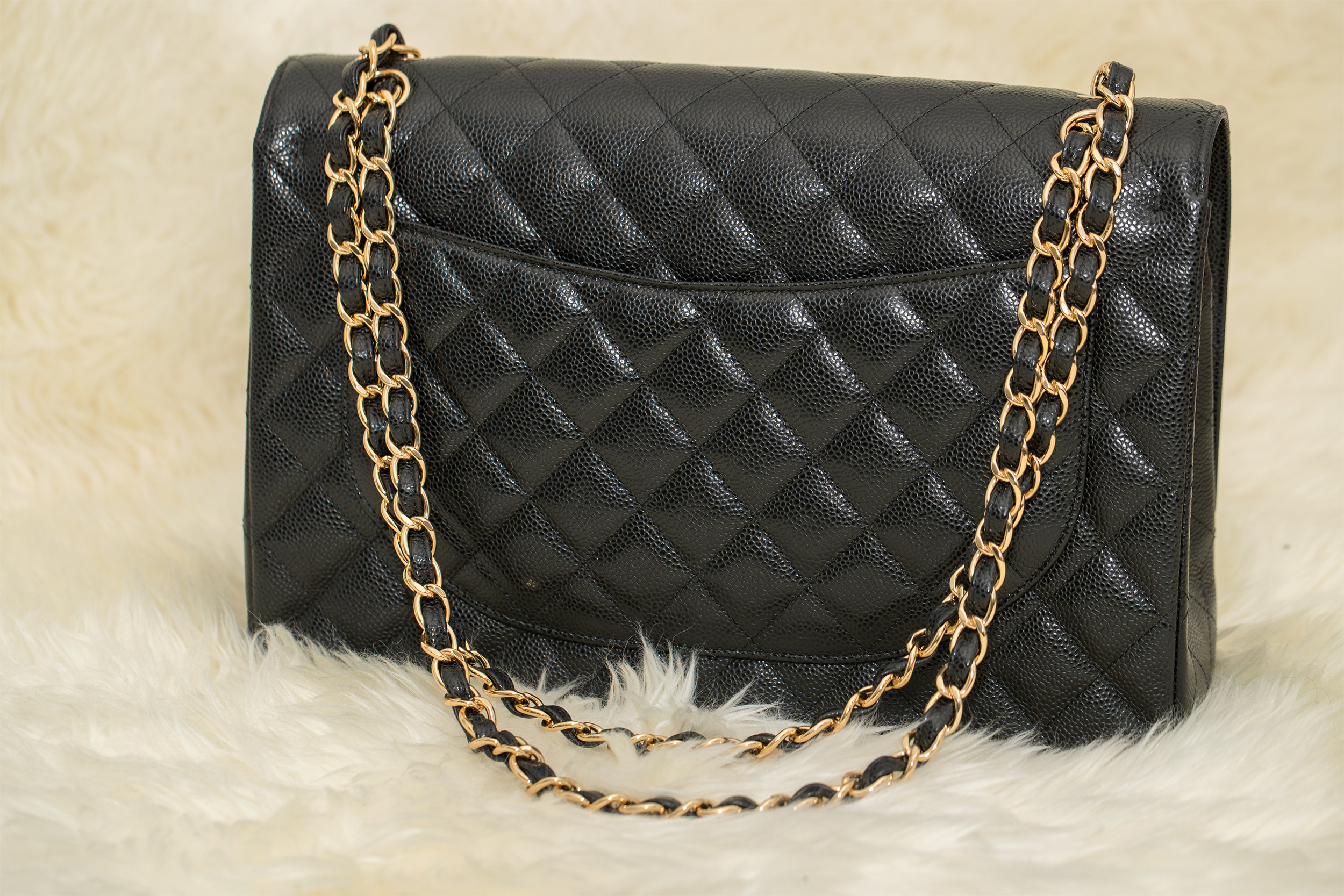
Anything with a name brand should get a second glance before going in the donation pile. You may be sitting on a mound of money with that old coat, shirt, or bag. The best way to determine if your designer item is worth anything is to do a quick search on sites like eBay or Poshmark to see what similar items may sell for.
For more expert guidance, check out the National Association of Productivity and Organizing Professionals, which connects readers with certified organizers nationwide.
